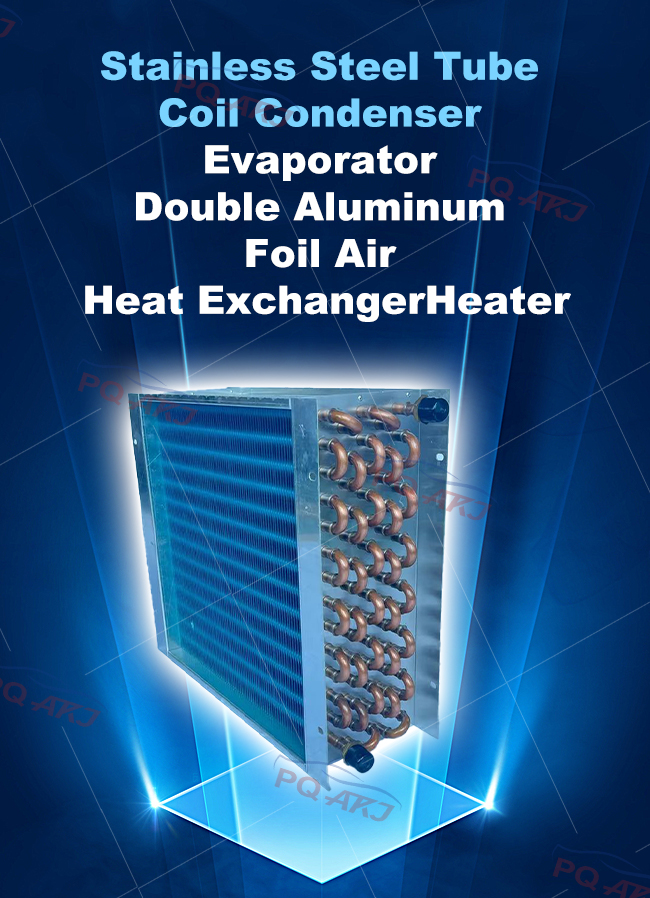In heating systems, components like condensers, evaporators, and air heat exchangers are key for heat transfer. Let’s explore their roles:
Condenser:
Condensers convert hot, high-pressure refrigerant vapor into a liquid by releasing heat. This process is crucial for the cooling cycle, as it allows the condensed refrigerant to flow to the evaporator. Condensers help transfer heat to the environment, ensuring efficient cooling.
Evaporator:
Evaporators absorb heat from the surroundings, turning refrigerant into low-pressure vapor. This cooling effect is vital for maintaining comfortable indoor temperatures in air conditioning systems. As the refrigerant evaporates, it draws heat away, enabling efficient cooling.
Air Heat Exchanger/Heater:
Air heat exchangers, or heaters, transfer heat between air and fluids like water or steam. In heating systems, they warm the air that circulates through buildings or vehicles. By transferring heat from a heated fluid to the air, these exchangers raise the air temperature, providing warmth.
Importance of These Components:
- Energy Efficiency:They improve heating system efficiency by effectively transferring heat.
- Temperature Control:They regulate temperatures for comfort and operational efficiency.
- System Performance:Their proper function is vital for the performance and lifespan of heating systems.
- Environmental Impact:Efficient heat transfer can reduce energy use and environmental effects, supporting sustainability.
In summary, condensers, evaporators, and air heat exchangers are essential for heat transfer, temperature control, and energy efficiency in heating systems. Understanding their functions is key to optimizing heating system operations.

